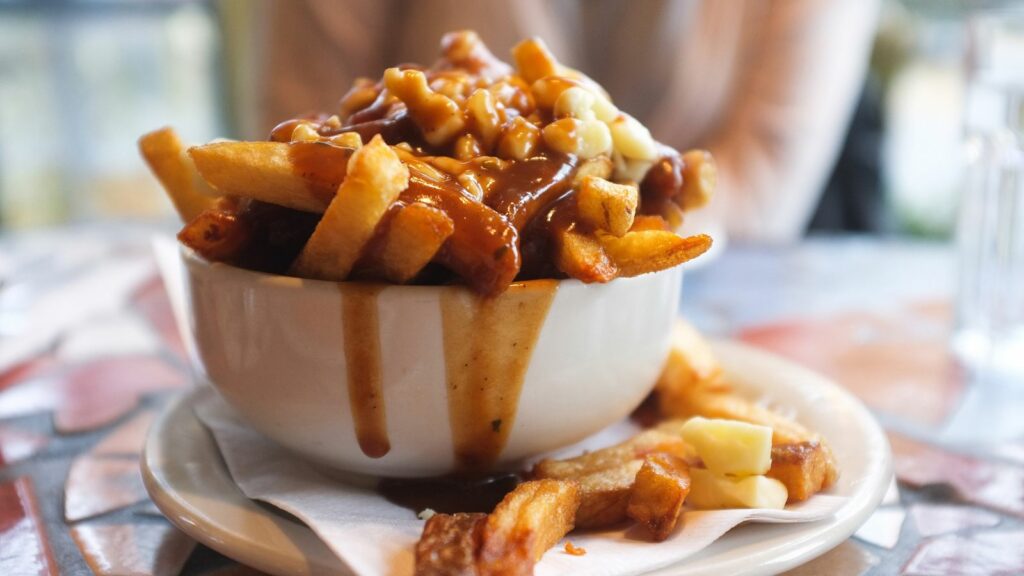Canadian cuisine is a mix of multicultural flavors, regional traditions, and downright mysterious dishes that leave Americans scratching their heads. While our neighbors to the south might pride themselves on burgers and BBQ, they often have no idea what to make of our poutine obsession, ketchup-flavored chips, or oddly comforting butter tarts. Here are 19 Canadian foods that Americans don’t understand.
Poutine
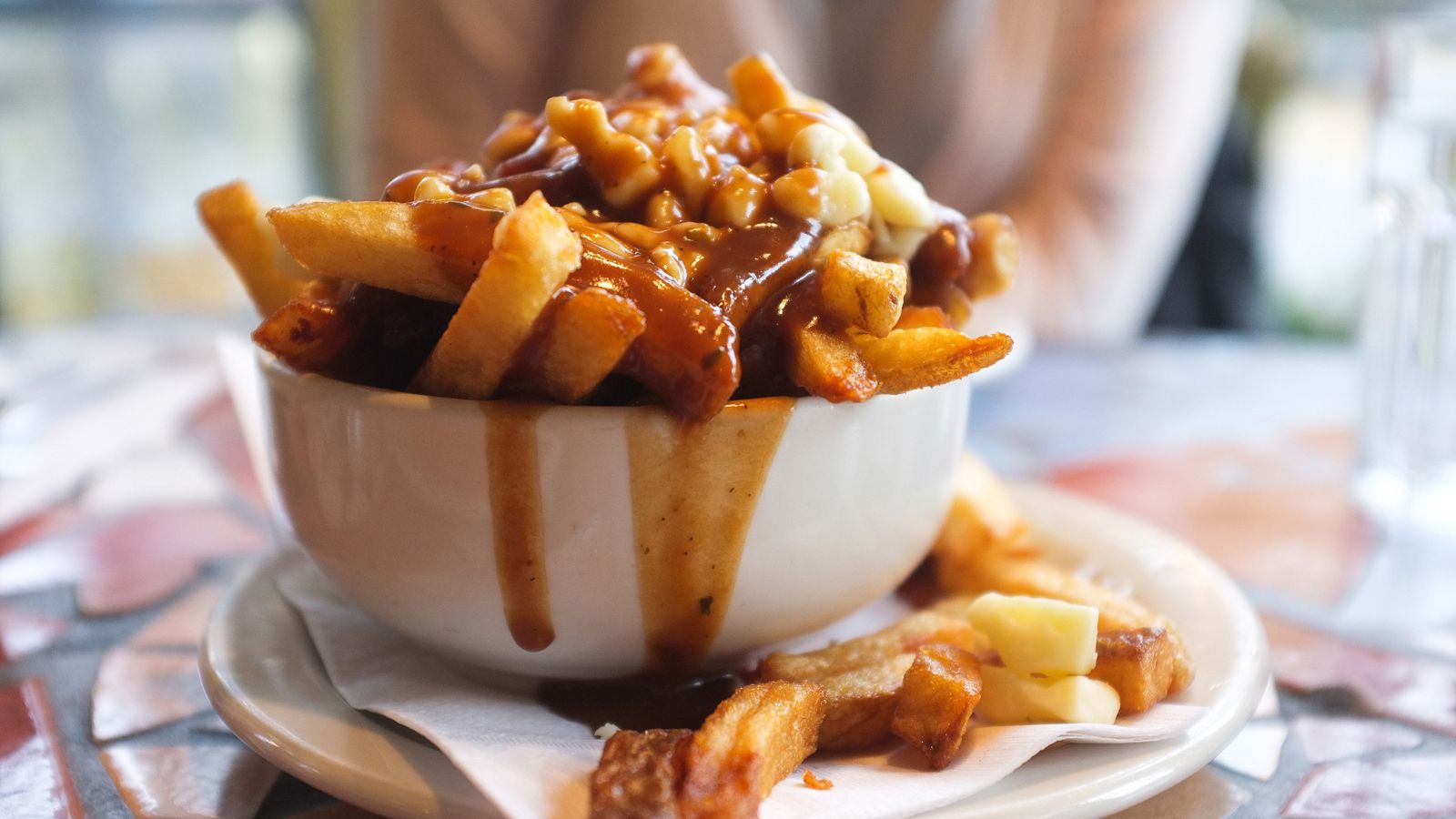
This Quebec-born comfort food, crispy fries smothered in rich gravy and topped with squeaky cheese curds, is often misunderstood by Americans who think it’s just “loaded fries.” It’s not. True poutine is an art form: the curds must squeak, the gravy can’t be too thick, and the fries can’t go soggy too fast. Variations now range from lobster-topped to vegan, but the essence remains the same, a hot, gooey, salty hug in a bowl. Americans might try to copy it, but few get the delicate balance right. It’s the kind of dish that defines cold nights and late-night cravings.
Ketchup Chips
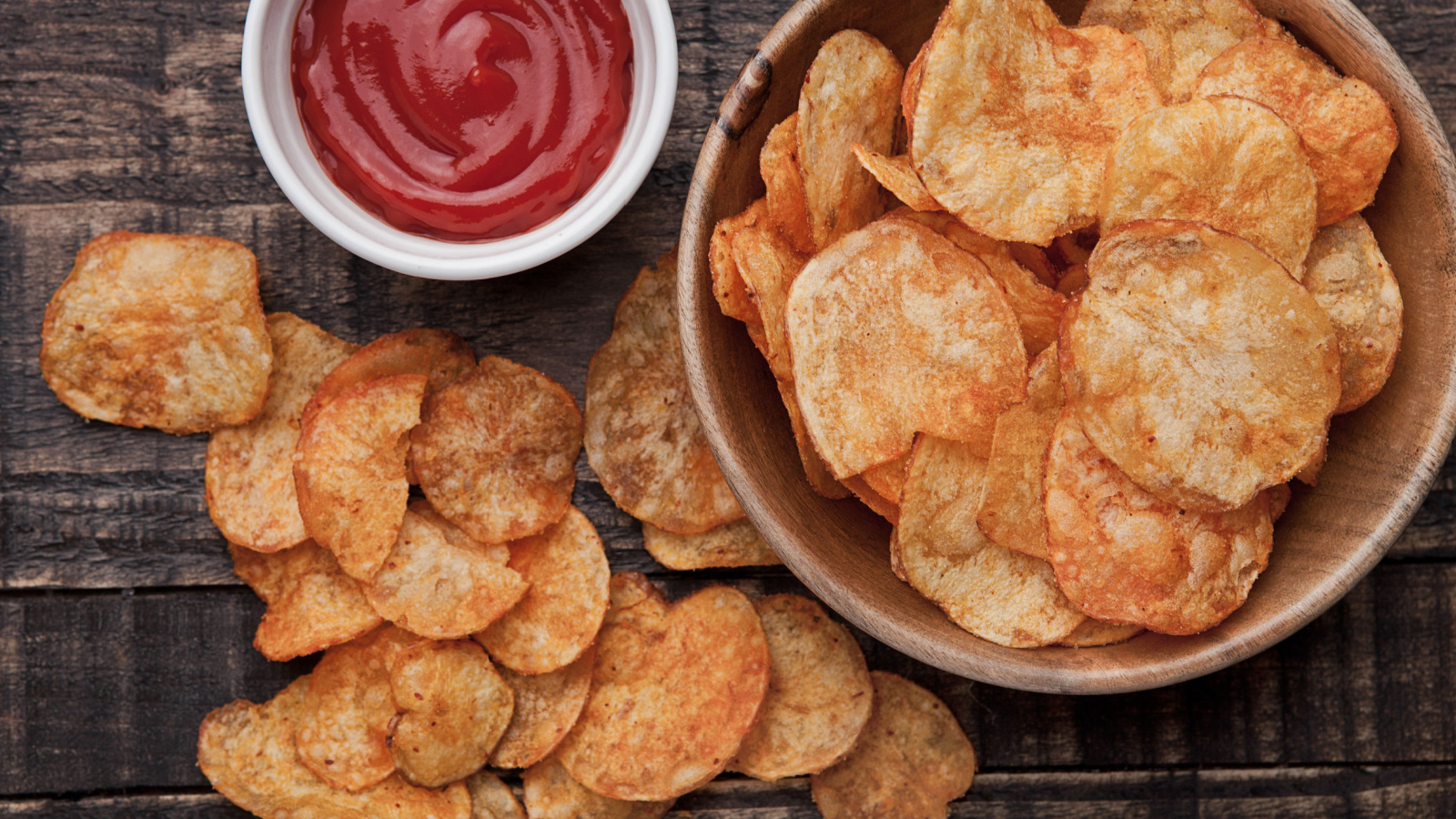
Americans love ketchup on fries but rarely imagine it as a chip flavor. In Canada, however, ketchup chips are legendary. They’re tangy, vinegary, slightly sweet, and leave your fingers red for days. Every brand has its own take, some more tomato-forward, others leaning toward smoky paprika, but all are uniquely addictive. You’ll find them at every gas station and party, yet for some reason, they’ve never successfully crossed the border. Maybe it’s because Americans can’t handle the vinegar punch, or maybe Canadians just don’t want to share their most chaotic yet satisfying snack creation.
Nanaimo Bars
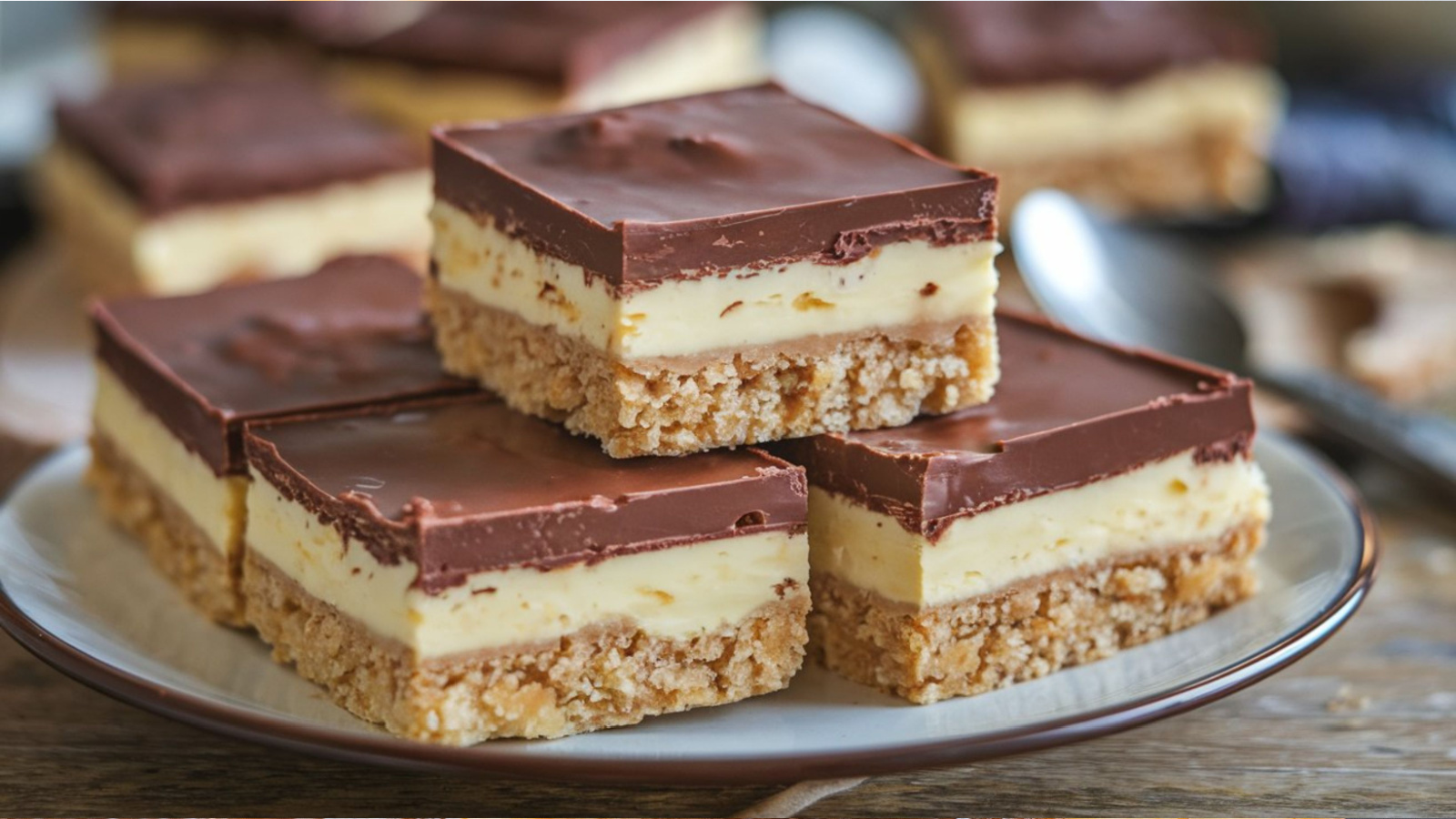
Named after the town of Nanaimo, British Columbia, these no-bake dessert squares are layers of indulgence. A crumbly chocolate-coconut base, custard-flavored buttercream middle, and smooth chocolate top create a treat so rich it should come with a warning. Americans often confuse it with brownies, but they’re nothing alike. The texture contrast and custard flavor make it distinctly Canadian. Served at every bake sale, wedding, and office party, Nanaimo bars have a nostalgic power. For Canadians, they’re not just dessert, they’re heritage, sweetened with family recipes and endless debate over whether the middle layer should be more vanilla or more butter.
Butter Tarts
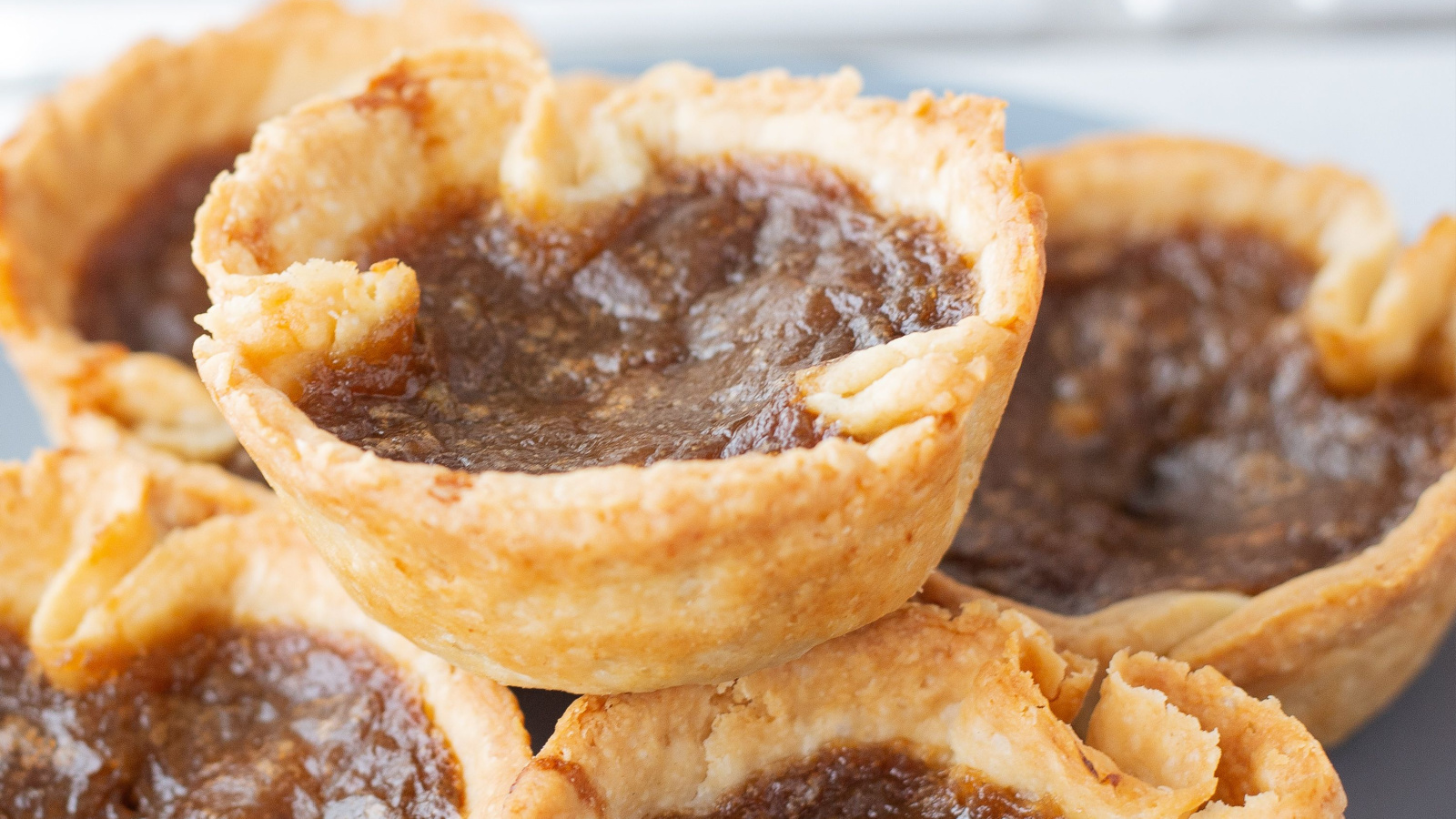
This sticky, gooey pastry might look like a mini pecan pie to Americans, but it’s far more delicate. The filling, brown sugar, butter, and sometimes raisins, melts into a golden crust that flakes apart perfectly. The “raisins or no raisins” argument has divided Canadians for decades, but either version is pure joy. Butter tarts were a pioneer staple, a way to make something sweet with minimal ingredients. Today, bakeries experiment with maple, bacon, and whiskey variations, but the core appeal remains the buttery simplicity. Americans rarely understand how something so small can pack so much comfort into every bite.
BeaverTails
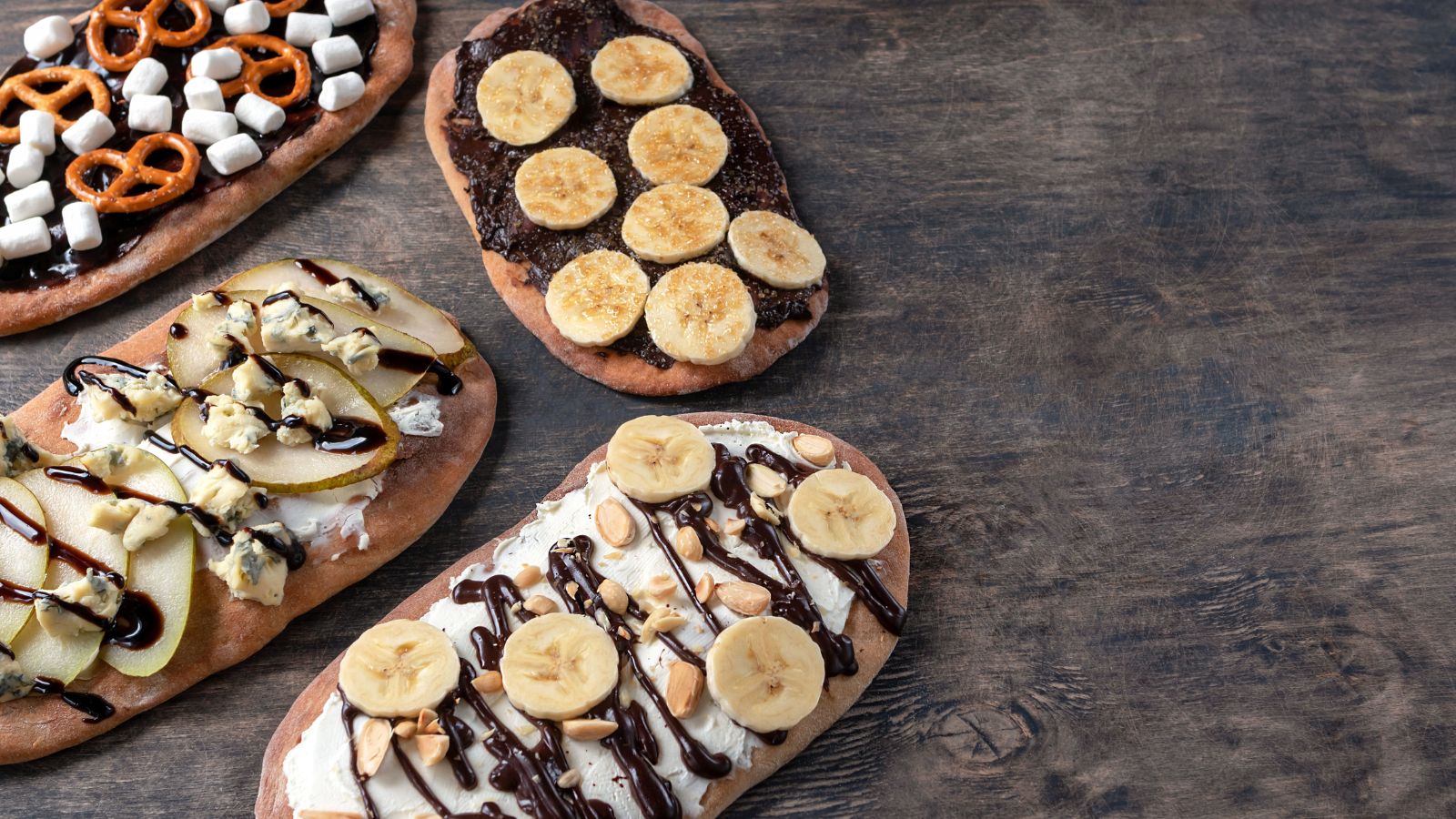
Despite the name, no beavers were harmed. This iconic Canadian pastry is a flat, hand-stretched piece of fried dough topped with cinnamon sugar, Nutella, or even Reese’s pieces. It’s a winter festival must-have, best enjoyed with freezing hands and a cup of hot chocolate. Americans compare it to funnel cake, but the texture is denser, chewier, and more satisfying. Originating in Ottawa in the late 1970s, BeaverTails have become a national symbol of indulgence. Whether you’re skating the Rideau Canal or strolling through a fair, the sweet smell of frying dough means one thing, happiness is near.
Coffee Crisp
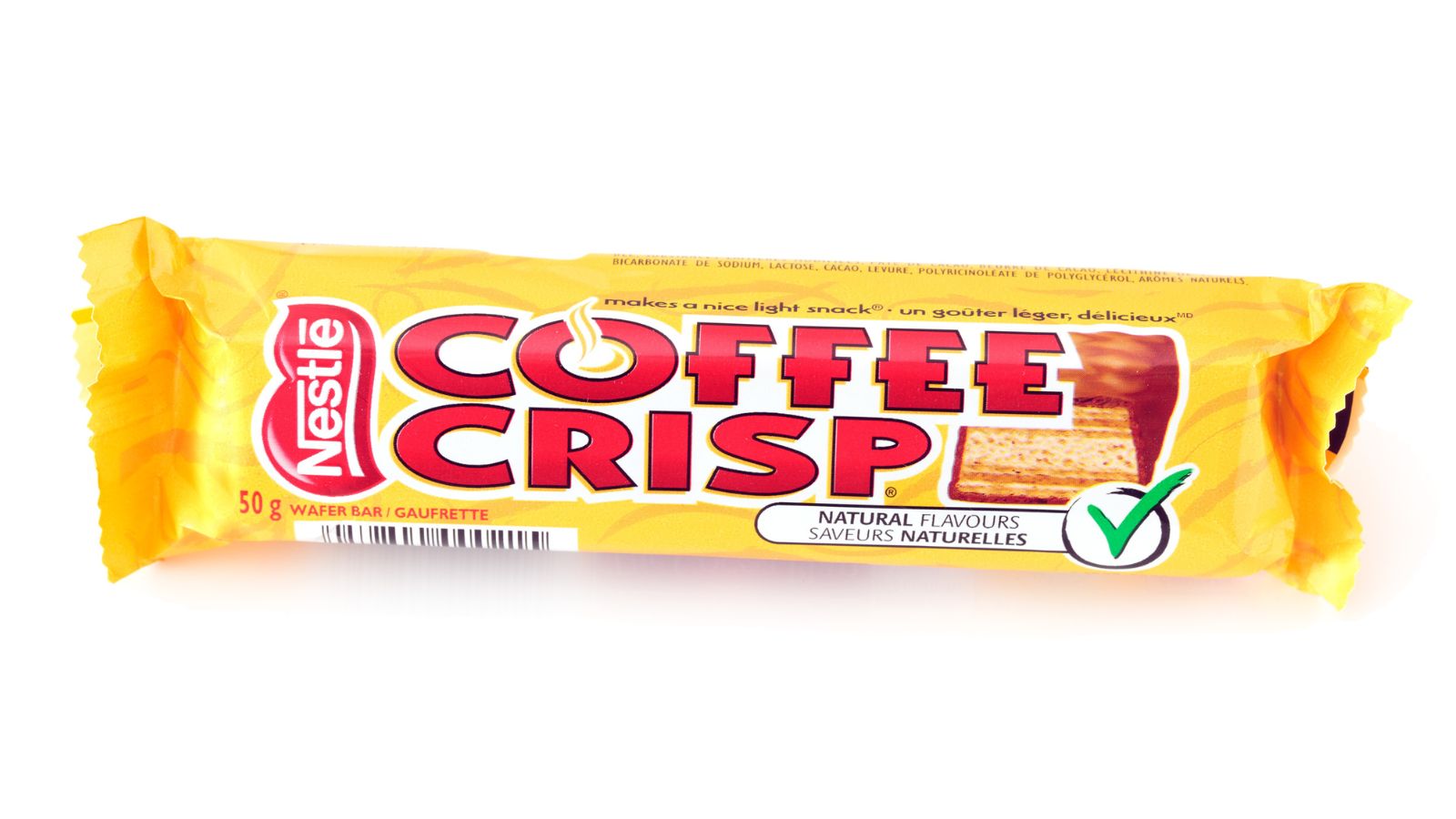
When Canadians say they love Coffee Crisp, Americans often respond, “You mean a Kit Kat with coffee?” Not quite. This light, wafer-based chocolate bar has a mild coffee flavor that’s more about aroma than caffeine. It’s subtle, balanced, and not overly sweet, very Canadian traits, actually. Nestlé’s refusal to mass-produce it in the U.S. has only added to its cult following. Every Halloween, Canadians gloat about their Coffee Crisp stash while Americans look on in envy. It’s not just a chocolate bar; it’s a symbol of understated flavor done right.
Maple Syrup on Everything
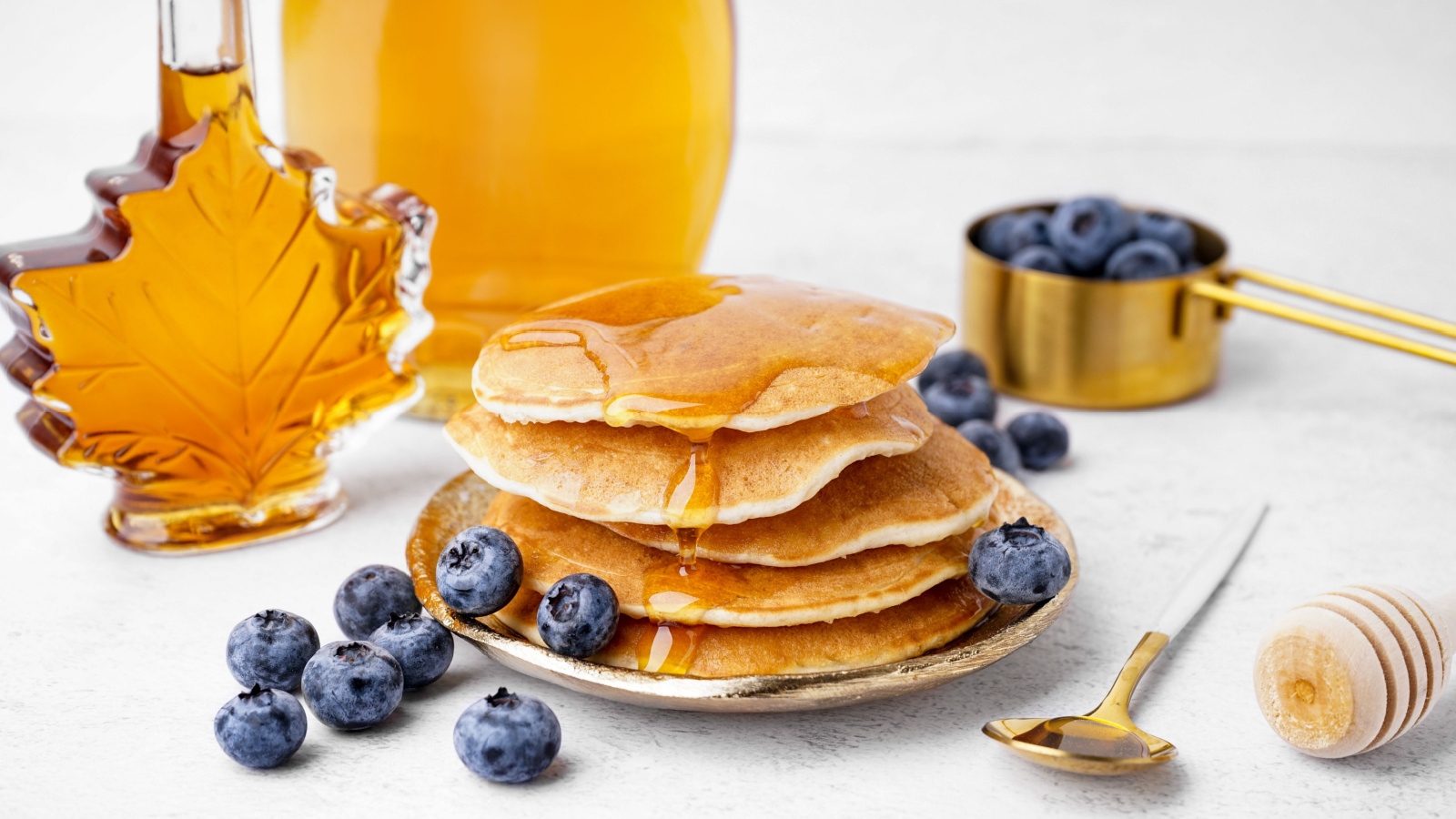
Sure, Americans love maple syrup on pancakes, but Canadians take it to another level. We drizzle it on bacon, stir it into coffee, and even use it in salad dressings. The syrup’s origin in Indigenous traditions runs deep, and its production remains a seasonal ritual across Quebec and Ontario. Americans often find pure maple syrup too thin or earthy compared to their corn-syrup-heavy versions, but that’s exactly the point. The complexity of real maple syrup isn’t meant to be candy, it’s meant to be an experience, one that smells like the woods and tastes like heritage.
Tourtière
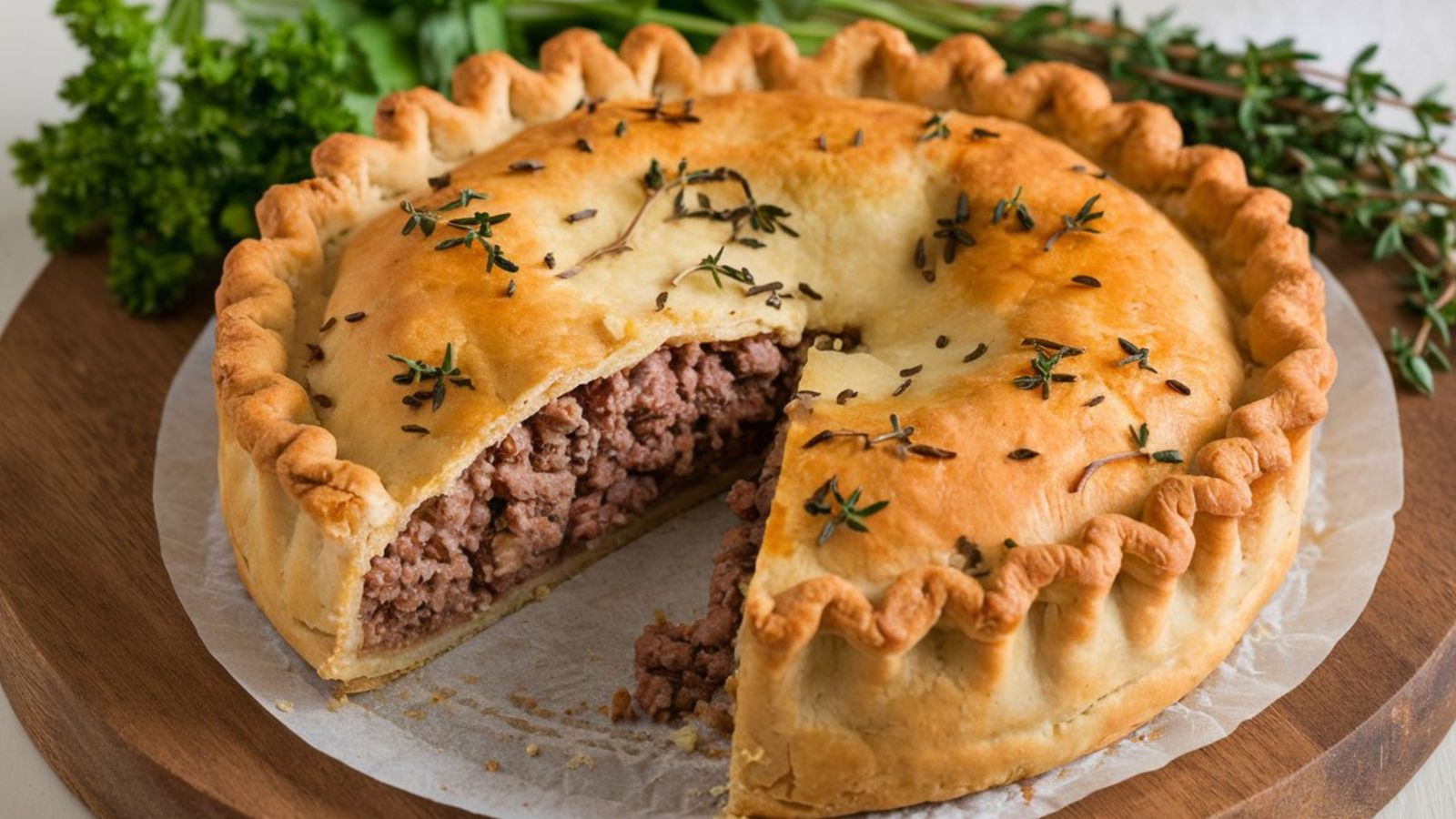
A holiday staple from Quebec, this savory meat pie usually combines ground pork, beef, or game with warm spices like cloves and cinnamon. Americans often don’t understand why a pie would taste like Christmas dinner instead of dessert. But tourtière’s roots go back to early settlers who preserved meat for winter. The dish is hearty, fragrant, and perfect for freezing temperatures. Families pass down their own versions, some with potatoes, others with just spiced meat, and everyone insists theirs is the most authentic. For Canadians, tourtière represents togetherness, nostalgia, and a table that’s never too full for one more slice.
Peameal Bacon
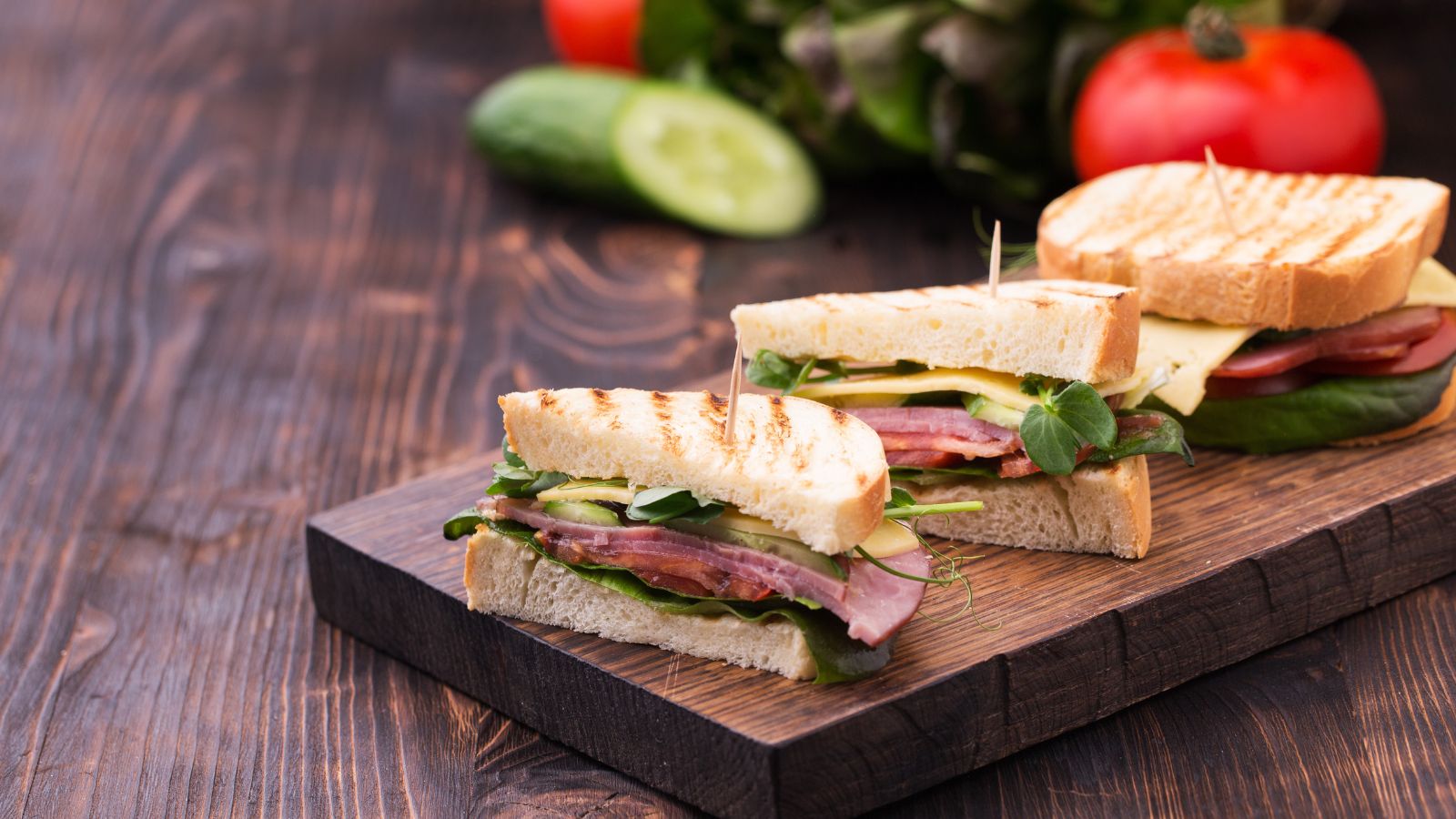
When Americans hear “Canadian bacon,” they picture round ham slices. That’s not it. Real peameal bacon is made from lean pork loin rolled in cornmeal, not peas, then sliced and grilled. It’s juicy, salty, and often served on a bun with mustard, a Toronto breakfast classic. It’s less fatty than streaky bacon and more flavorful than ham, striking a perfect middle ground. Most Americans who try it are shocked by how different it tastes from their version. Peameal bacon isn’t just breakfast food; it’s culinary proof that sometimes, Canada’s “boring” reputation hides exceptional taste.
Smarties (Canadian Edition)
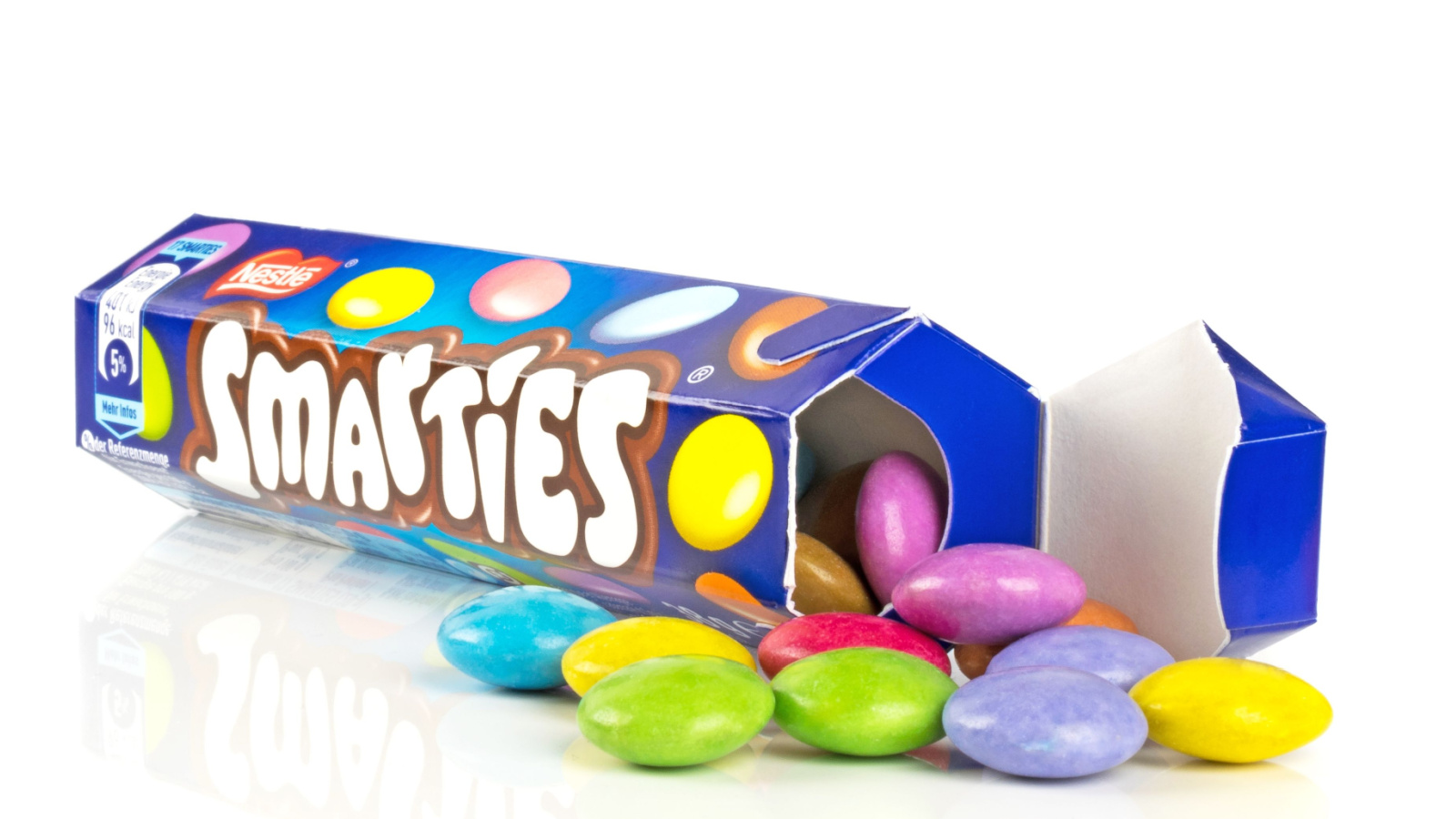
When Canadians talk about Smarties, Americans think of their chalky, pastel candies. Wrong Smarties. In Canada, Smarties are chocolate-coated candies, closer to M&Ms but crunchier and less sweet. The famous jingle “When you eat your Smarties, do you eat the red ones last?” is ingrained in every Canadian kid’s memory. They’ve been around since the 1930s and have a nostalgia Americans can’t quite relate to. The confusion when visitors expect tangy candies and bite into chocolate is priceless. It’s a small but telling example of how two neighboring countries can speak the same language but snack in totally different dialects.
Kraft Dinner (KD)
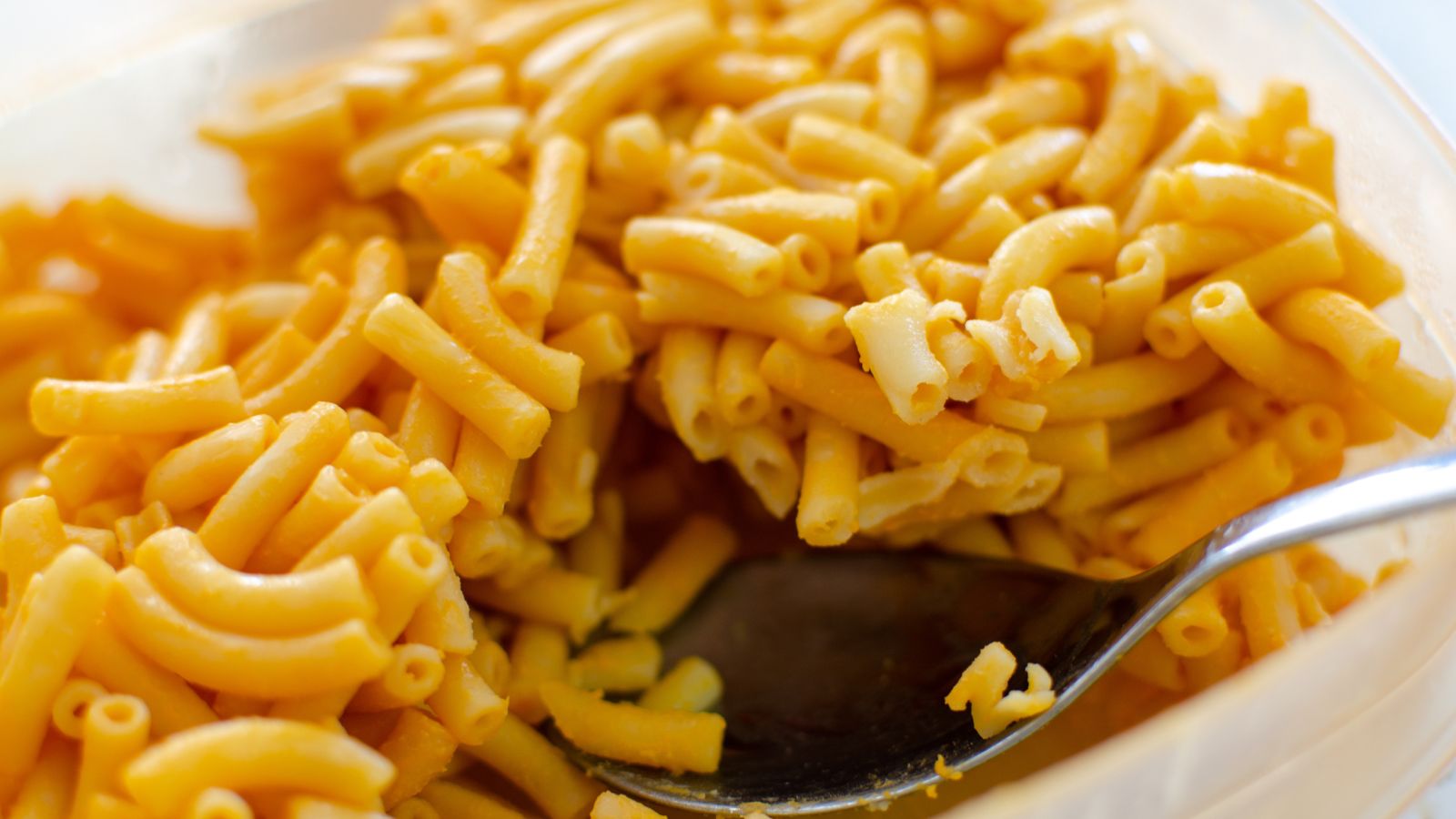
Mac and cheese exists everywhere, but KD is something else entirely. It’s faster, cheaper, and brighter orange than anything Americans would dare serve. Canadians practically grow up on it, it’s the ultimate broke student meal and late-night comfort food. The powdery cheese mix is part of its charm, and the phrase “KD” itself is shorthand for simple satisfaction. While Americans debate fancy recipes with breadcrumbs or artisan cheese, Canadians stay loyal to the box. It’s cultural shorthand for affordability, nostalgia, and the fact that sometimes, fluorescent orange happiness is good enough.
Caesar Cocktail
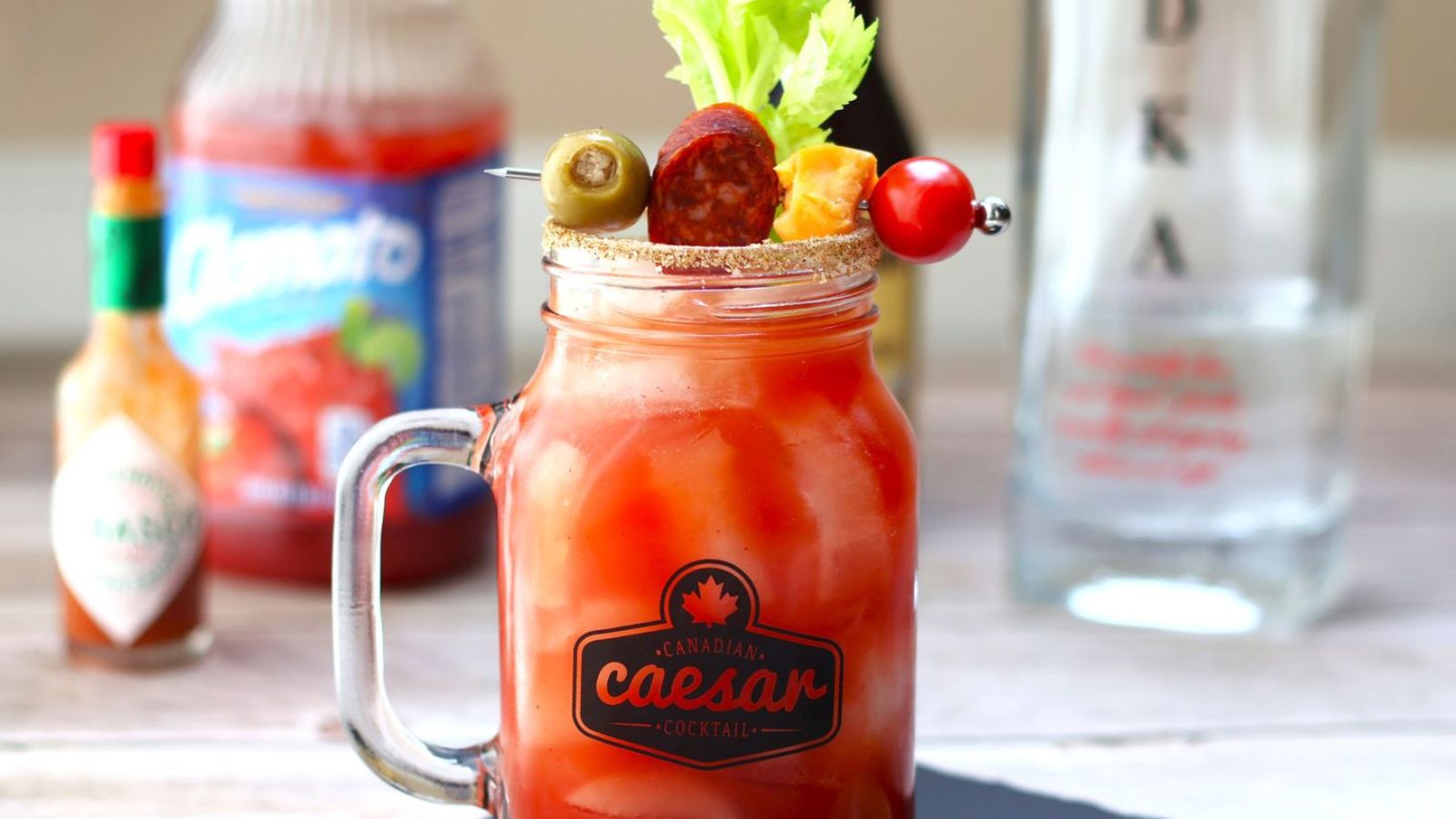
Ask for a Caesar in the U.S., and you’ll likely get a salad. Ask for one in Canada, and you’ll get a national treasure. This cocktail, made with vodka, clamato juice (tomato mixed with clam broth), Worcestershire, hot sauce, and a celery salt rim, is a brunch staple. Americans find the idea of clam juice in a drink disturbing, but Canadians swear by it. It’s spicier, saltier, and more flavorful than a Bloody Mary. The Caesar is practically a food group, often served with garnishes like pickles, shrimp, or even mini burgers. It’s messy, bold, and proudly Canadian.
Timbits
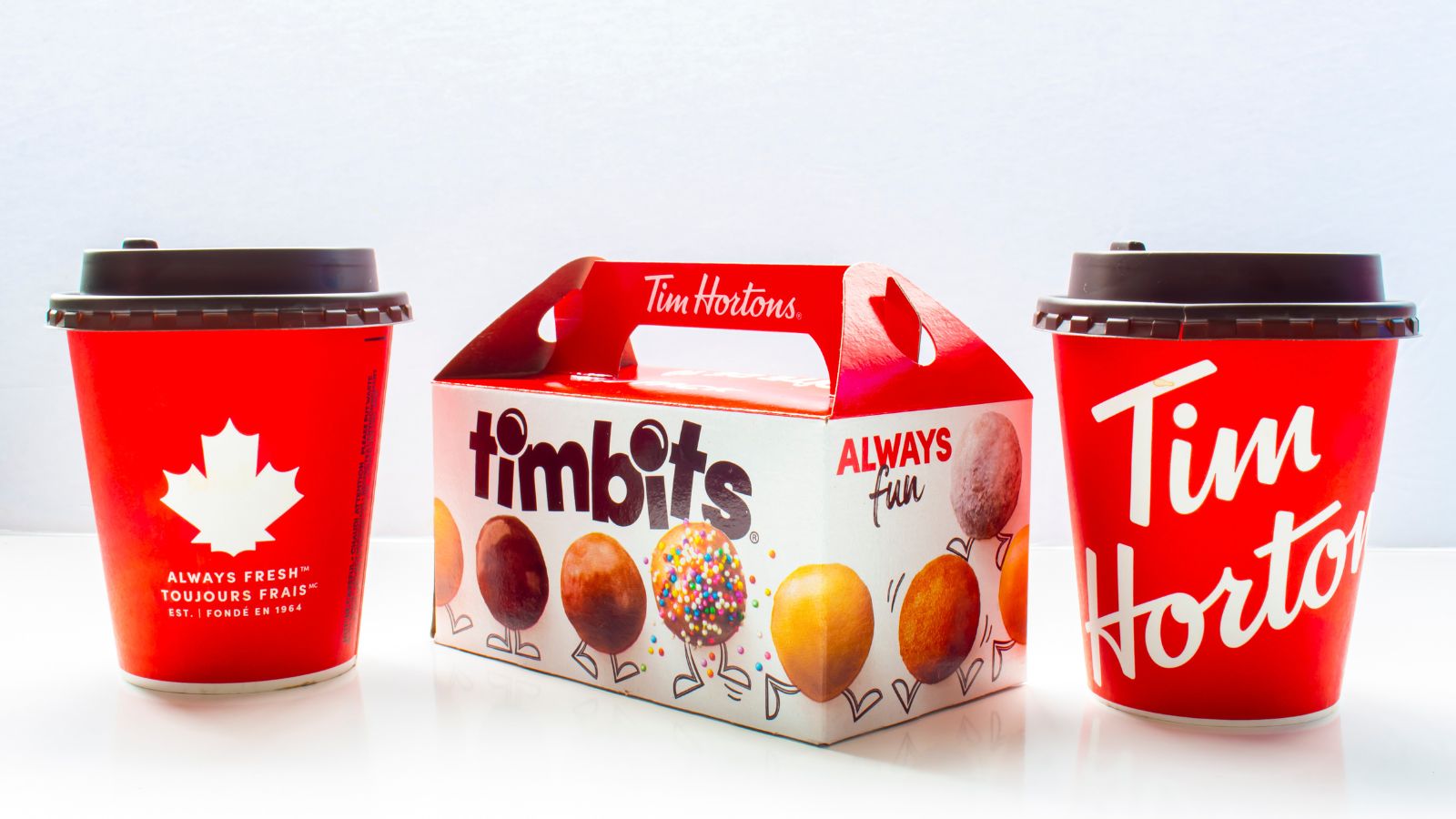
Known to Americans as “donut holes,” Timbits from Tim Hortons are a national obsession. But it’s not just about the shape, it’s about the ritual. Every office meeting, road trip, and hockey practice starts with a box of Timbits. They come in flavors like sour cream glazed, honey dip, and birthday cake, each one offering a bite of nostalgia. Americans have donut holes, sure, but they don’t have the cultural attachment Canadians do. Timbits aren’t just snacks—they’re social glue, a symbol of sharing, and a sugary way of saying, “we’re all in this together.”
Bagged Milk

Nothing confuses Americans faster than seeing milk sold in bags. In parts of Ontario and the Maritimes, it’s completely normal. The milk is divided into three clear plastic bags, slipped into a reusable pitcher, and snipped at the corner for pouring. It’s eco-friendly, space-efficient, and has been around since the 1960s. Americans are used to jugs or cartons and can’t quite figure out the logic. But for Canadians, it’s second nature, and it’s proof that efficiency sometimes trumps aesthetics. Plus, you haven’t truly lived in Ontario until you’ve spilled half a bag during your first pour attempt.
All-Dressed Chips
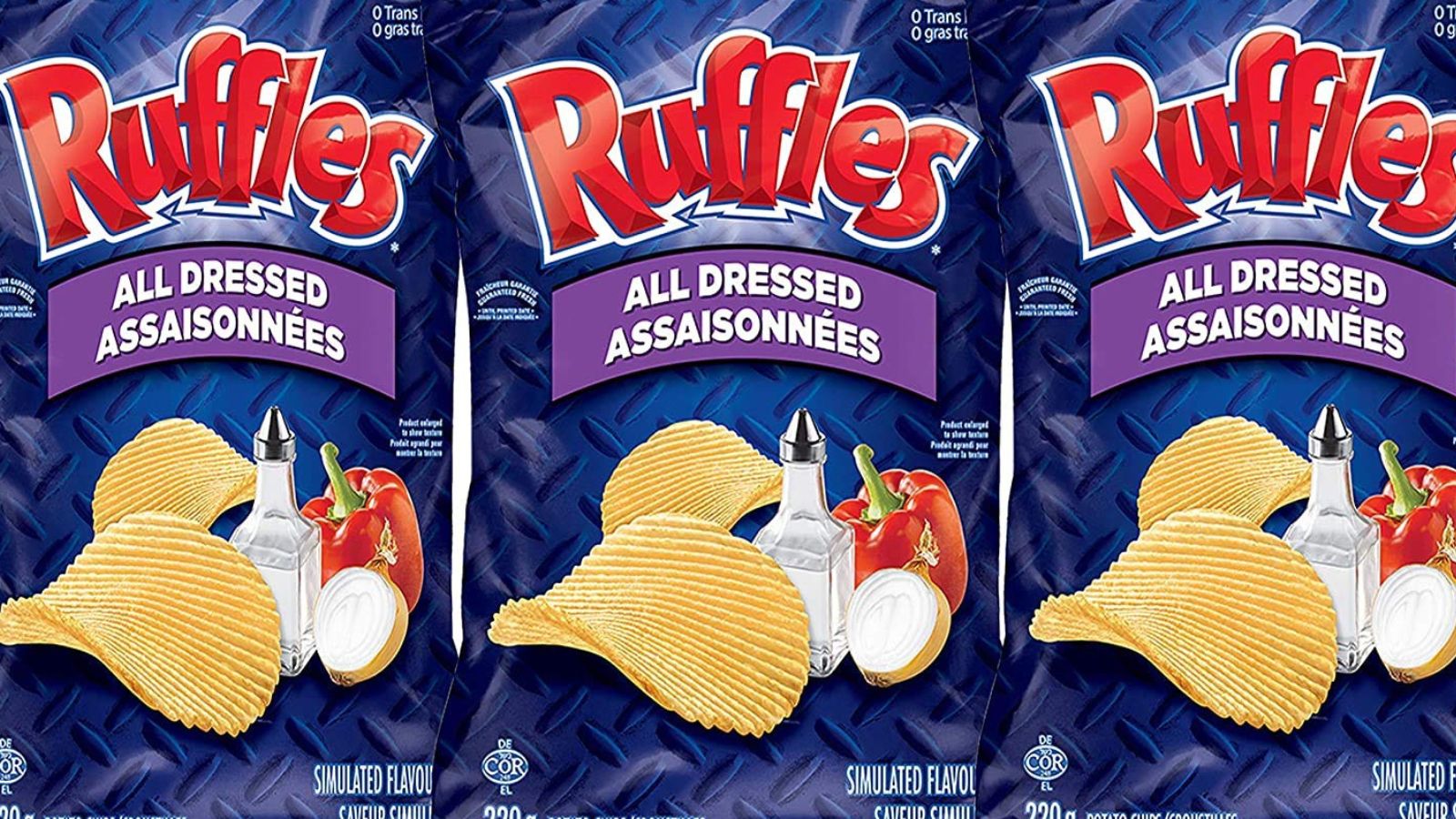
Imagine every chip flavor you love, barbecue, salt and vinegar, sour cream and onion, all mixed into one chaotic but glorious blend. That’s All-Dressed. Americans who try it often can’t describe it, because it’s simultaneously sweet, salty, tangy, and smoky. Originating in Quebec in the 1970s, it’s the perfect reflection of Canadian indecision: Why pick one flavor when you can have them all? It took decades before the U.S. caught on, and even then, their versions never tasted quite right. It’s a uniquely balanced chaos that perfectly mirrors Canada’s love for variety and mild spice.
Split Pea Soup with Ham
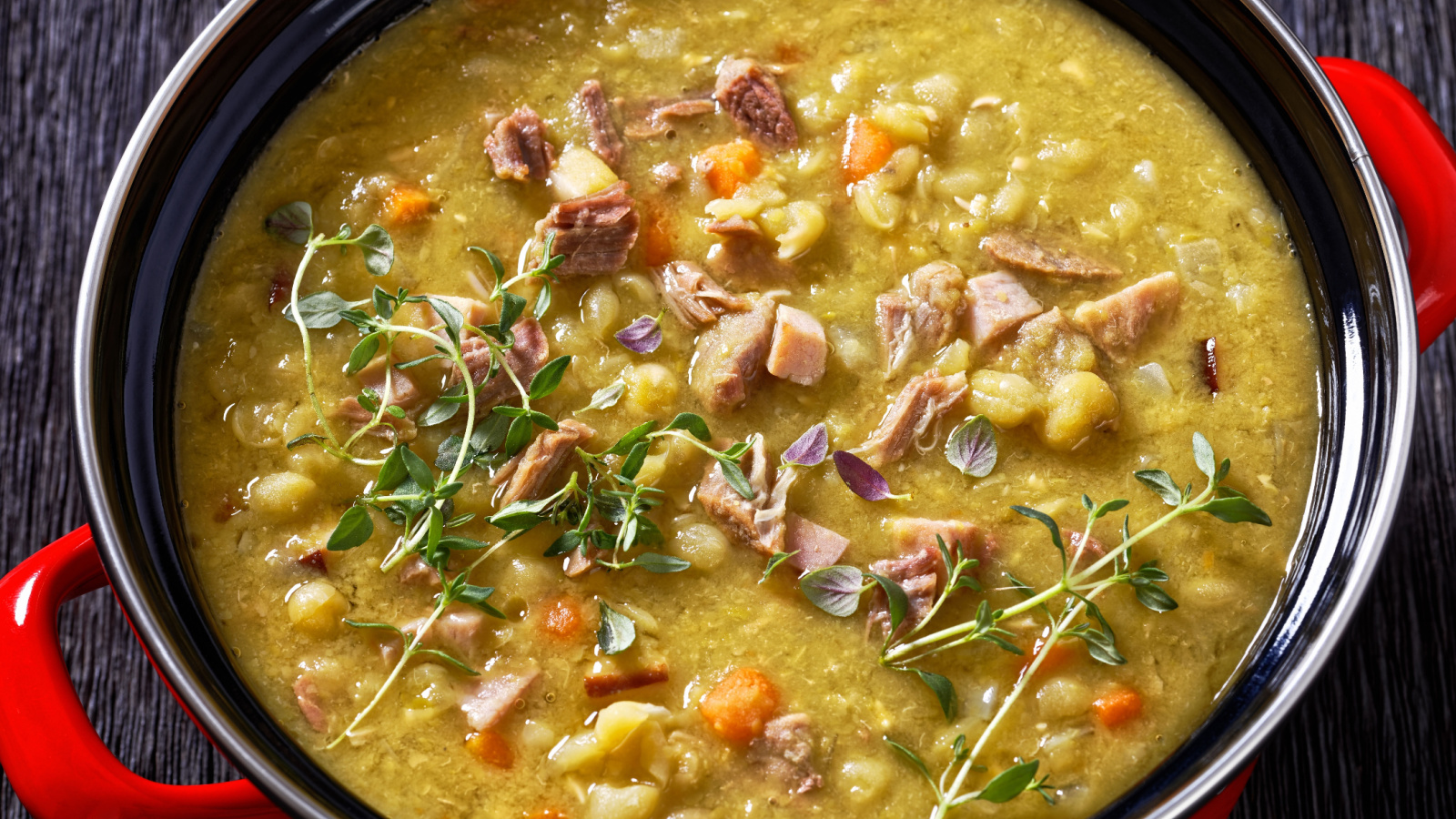
While pea soup isn’t foreign to Americans, the Québécois version is thicker, heartier, and often served with chunks of salted pork or ham. It’s been a comfort dish since early French settlers used dried peas to survive brutal winters. The flavor is smoky and earthy, the texture closer to stew than soup. Americans often find it too dense, but that’s exactly what makes it perfect for Canadian winters. It’s not a light appetizer, it’s a full meal in a bowl, built to warm you through blizzards and days when daylight feels like a myth.
Bannock
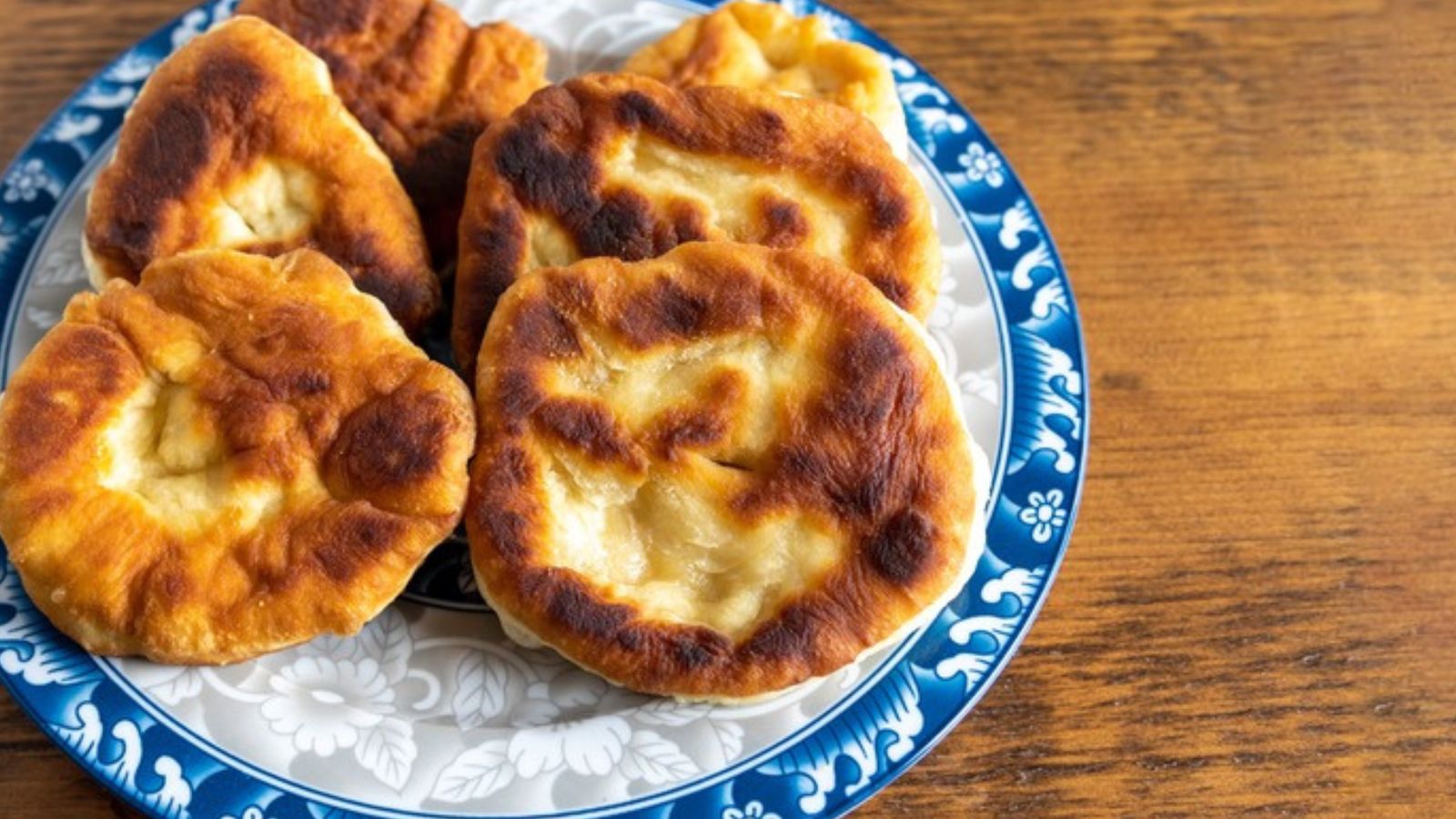
Bannock, a type of flatbread with Indigenous roots, is both versatile and symbolic. It can be baked, fried, or cooked over an open flame, served sweet or savory. Originally introduced through trade between Indigenous peoples and Scottish settlers, it became a staple across the country. Its simplicity hides its cultural depth, a food that connects communities and histories. Americans often see it as just “fried bread,” missing the layers of meaning it carries. For many Canadians, bannock represents resilience, adaptation, and shared tradition, proving that some of the best foods come from survival and creativity.
Montreal-Style Bagels
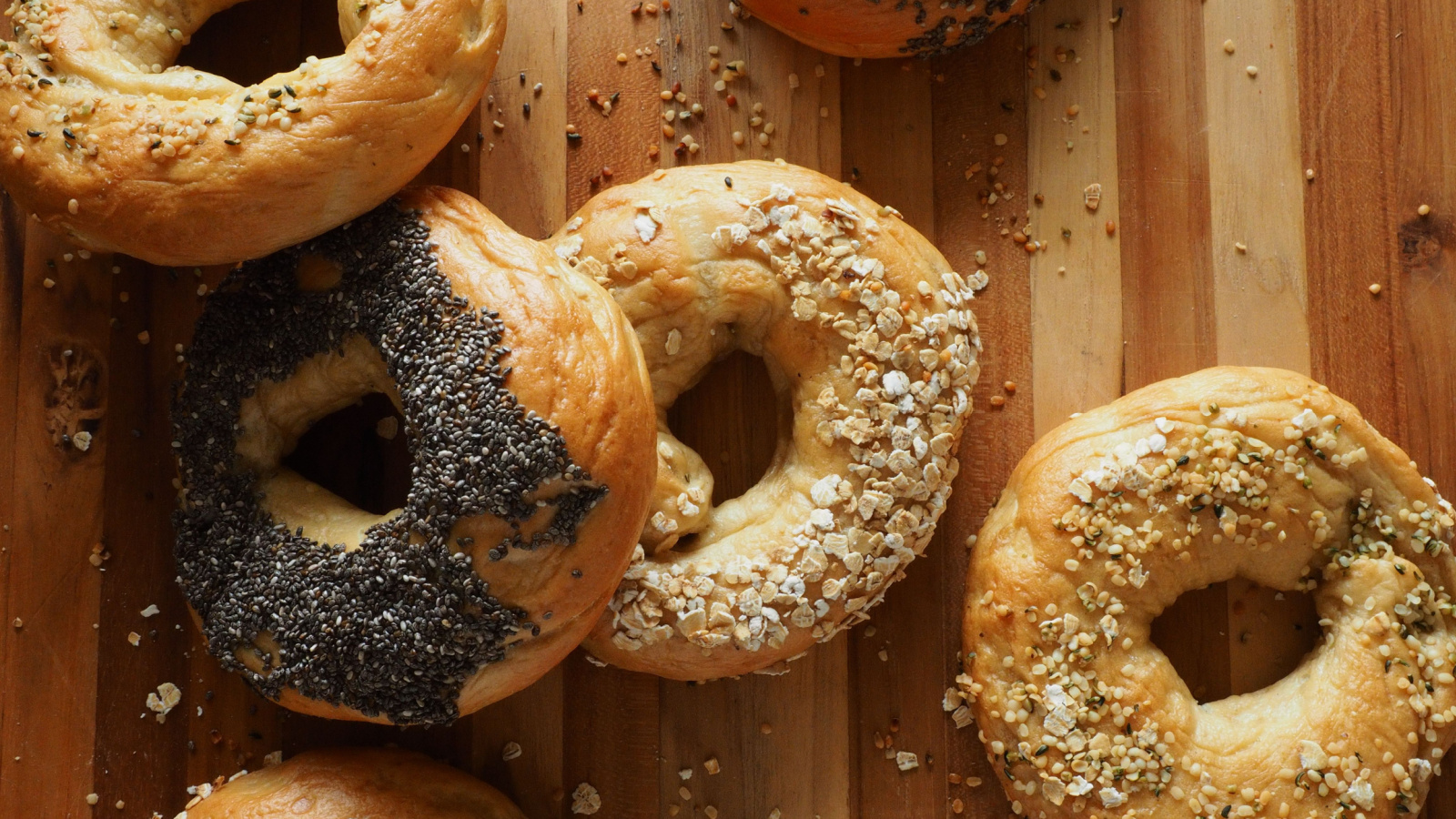
Compared to New York bagels, Montreal’s are smaller, denser, and sweeter, boiled in honey water and baked in wood-fired ovens. Americans often call them “wrong bagels,” but Canadians know they’re just different. Each bite delivers a chewy texture and smoky undertone that makes them irresistible, especially when topped with sesame seeds or cream cheese. Institutions like St-Viateur and Fairmount Bagel are practically tourist attractions. Montreal bagels are less about comparison and more about identity, they’re what happens when cultural pride meets culinary craftsmanship, one golden, sesame-coated circle at a time.
Donair
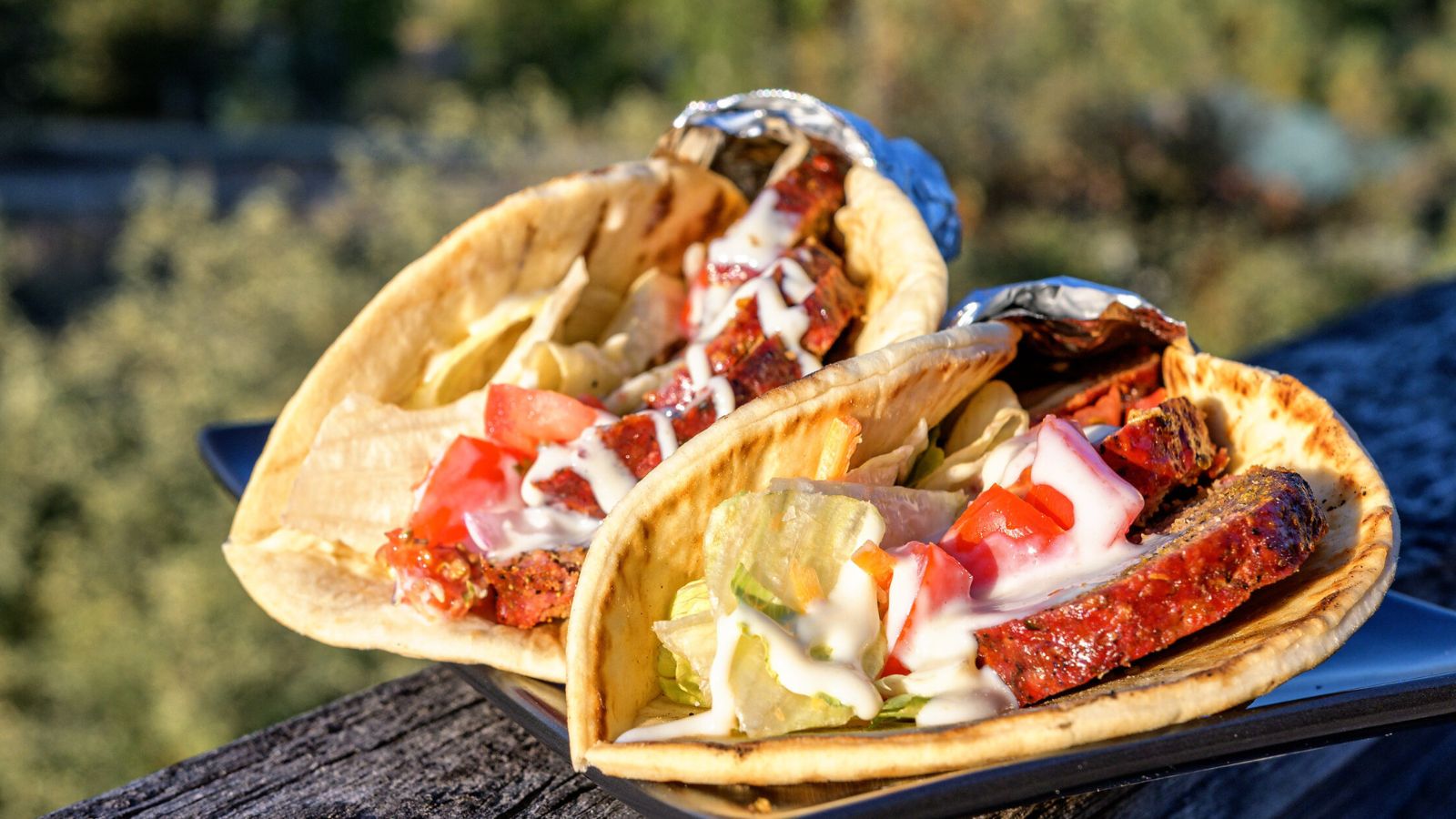
Halifax’s signature street food, the donair, is a Canadian twist on the doner kebab. It features spiced beef shaved from a rotating spit, stuffed into pita, and topped with onions, tomatoes, and a sweet, garlicky sauce made with condensed milk. Americans expect tzatziki, so they’re often baffled by the sweetness. But once they taste it, most are hooked. It’s messy, addictive, and uniquely Nova Scotian. The donair’s cult following even earned it official status as Halifax’s “official food.” It’s the perfect late-night bite that captures the region’s love for hearty, no-fuss flavor.
21 Products Canadians Should Stockpile Before Tariffs Hit

If trade tensions escalate between Canada and the U.S., everyday essentials can suddenly disappear or skyrocket in price. Products like pantry basics and tech must-haves that depend on are deeply tied to cross-border supply chains and are likely to face various kinds of disruptions
21 Products Canadians Should Stockpile Before Tariffs Hit
